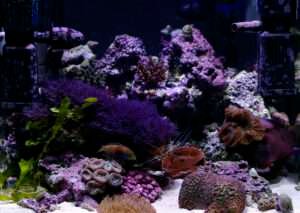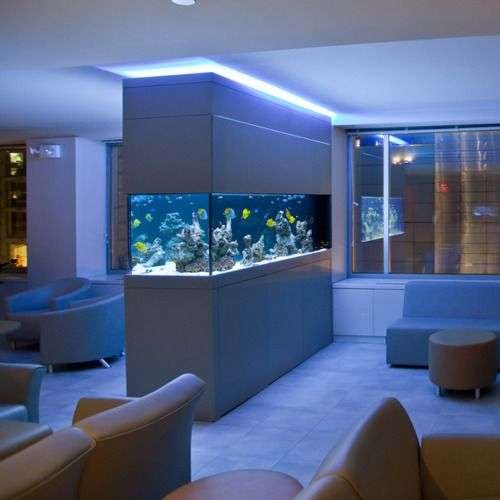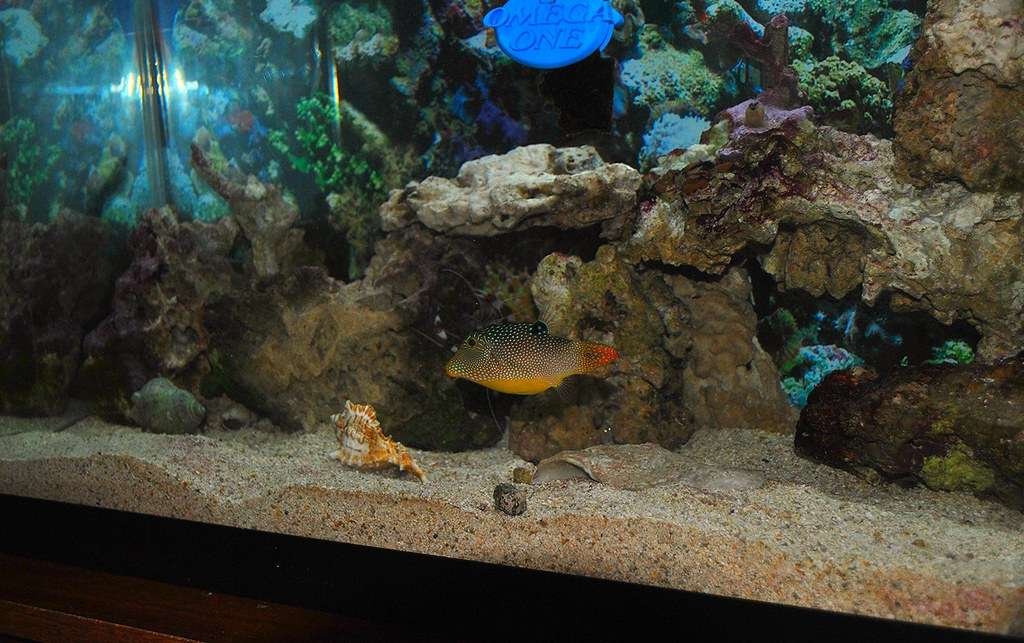Everything You Need to Know About Alkalinity

In a reef tank, alkalinity is very important. The pH of the tank can change when the levels aren’t stable, which can hurt or kill corals, fish, and other animals that live there. Low amounts of alkalinity can really slow down coral growth. Alkalinity is also important for making coral skeletons. Because of this, pH levels need to be increased regularly (usually every day) to keep them stable.
Alkalinity: What is it?
Alkalinity is a measure of how well water can handle changes in pH levels by reducing acids.
Why is it important?
The right amount of alkalinity keeps the pH stable, which stops coral tissue loss and bleaching and gives coral shells the carbonate and bicarbonate they need.
What is the best range?
8 to 12 dKH for reef aquariums. If the amounts are too high or too low, please make changes slowly.
Different Ways to Check Alkalinity
Hand-held Tester: A colorimeter, which is another name for a hand-held tester, checks how alkaline a liquid sample is by looking at how much light goes through it. In general, hand-held testers cost more than normal test kits, but they are easier to use and give more accurate results.
Standard Test Kit: Standard test kits are a cheap and simple way to find out how alkaline something is. But the testing method can be hard to understand and follow. Most of the time, standard test kits are cheaper than hand-held testers, but they don’t always give the most accurate results.
How to Keep the Levels of Alkalinity
It depends on the type, number, and size of corals in the tank and what amount of alkalinity they need. Alkalinity will be needed more in tanks with more LPS and SPS corals than in tanks with mostly soft corals. For new tanks that don’t have any hard corals, changing the water once a week might be enough. But as the tank gets older and the corals get bigger and more numerous, dosing is generally needed more often.
Change the amount of alkalinity you take every day.
It is very important to get reliable test results when figuring out how much alkalinity a tank needs every day. We suggest using a hand-held colorimeter instead of a standard test kit to check the tank’s levels because it gives more exact results. Also, check the tank’s levels every day at the same time since the amount of alkalinity used can change from morning to night.
If the amounts change by 0.3 or more from one day to the next, the dose needs to be changed right away. However, the dose shouldn’t be changed if the change is 0.2 or less. Testing should keep happening every day until the KH numbers don’t change by at least 0.3 and don’t go up or down for three days in a row. After that, the levels should be checked at least once a week to make sure the dose doesn’t need to be changed, and the range stays the same.
What Calcium, Alkalinity, and Magnesium Have to Do With Each Other and How to Keep Calcium Carbonate from Forming Crystals in Water
To build their shells and grow, corals need alkalinity and calcium. Corals, on the other hand, can only use them if they are free-floating ions in the sea. If these ions mix in the water to make calcium carbonate, they will settle to the bottom, and the corals in the tank won’t be able to use them. It is important to keep magnesium levels between 1250 and 1350 ppm so that alkalinity (carbonate and bicarbonate) and calcium don’t mix.
Without a doubt, alkalinity is one of the most important and necessary parts of a reef tank. Corals can quickly lose their tissue if the amounts drop too low, and the pH can change. Coral tips can “burn,” which means they lose tissue if the amounts are too high. It is very important to keep this parameter steady in a reef tank so that coral can grow and color properly.


